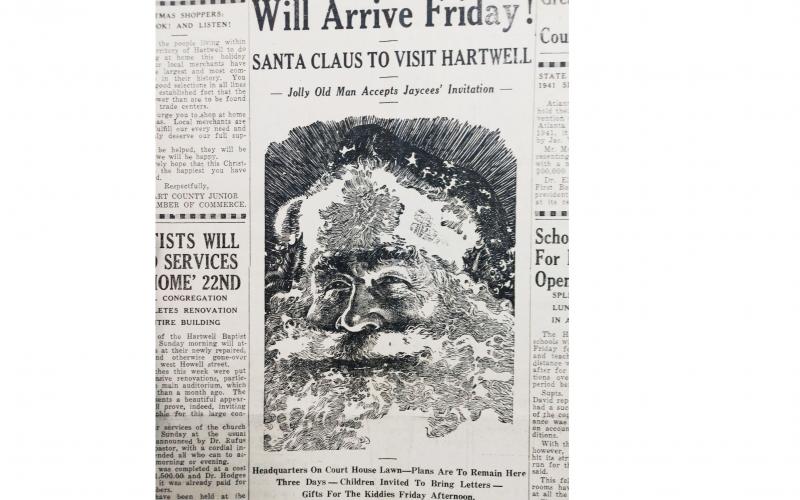Dec. 20, 1918 — A soldier thought to be dead by his friends and family back home informed his parents he was “alive and getting along fine.”
Private Dewey H. Shearer, of Hart County, was believed to have been killed in action during World War I. On, Nov. 24, 1918, officials in Washington informed his parents that their son was killed on the battlefield on Oct. 6.
However, Shearer sent a letter to his mother and father saying he was alive and located somewhere in France.
“I don’t know where I am at, my self. I am writing at the American Red Cross, and the first real fire I have seen this winter is here. I have been in this camp for 30 days. I don’t know how long I will be here, or where I am going when I leave, but I expect to be in the good old U.S.A. pretty soon.”
Shearer told his parents he wanted to hear from them because he hadn’t received a letter from them since June. He told them he would give them details of what he’s been doing over there once he got back to the states.
“There is one thing that I can say that is I belong to the best Division and B was one of the first to land in France, and I am lucky to be alive today,” Shearer wrote.
Dec. 19, 1930 — Folks in Hartwell saw a premature white Christmas in 1930.
The Hartwell Sun reported it was “one of the heaviest sleet and snowstorms this section has ever experienced.”
“...by Wednesday morning mother earth was wearing a white coat estimated at from five to ten inches in depth,” The Sun read.
Traffic came to a hault as only a few cars could trudge through the snow. Buses didn’t run and mail was delayed with rural carriers unable to make their rounds.
Dec. 20, 1940 — Hart County residents were urged to make their own lard just before the holidays, and officials told them how.
The county agent at the time, who was referred to as Mr. Thomas, told the public that lard is “wholesome, rich in vitamins and not difficult to render.”
The agent said to cut the fat into small pieces, about one-inch squares, then add water to a rendering kettle and add the fat cubes. A medium hot fire was recommended and rendering was said to be complete browned crackling float on top and no steam comes from the boiling lard.
A lard press was then used and it was strained. The agent said the containers to store it in was sterilized glass fruit jars, syrup pails or any tin pail with a tight top.

